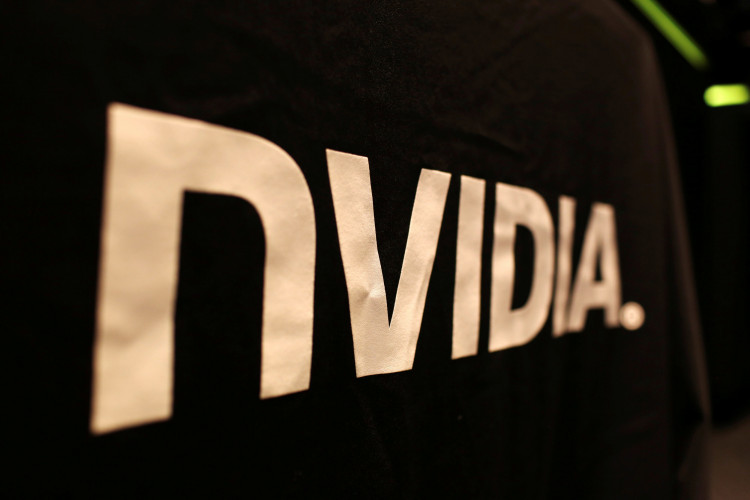As the primary beneficiary of this round of AI surge, Nvidia's stock price has doubled this year, yet analysts believe that with the continually surging demand for GPUs, Nvidia still has significant room for growth.
On Monday, Nvidia's stock price rose by 2.18%. Citigroup, in its research report, reiterated its "buy" rating on Nvidia, raising its target price from $420 to $520.
Citigroup analyst Atif Malik believes this forecast is based on Nvidia having "multiple" new data center orders worth over $2 billion and an increasing demand. He predicts that Nvidia's price-to-earnings ratio will reach 35 times.
Under a "bullish" assumption of a 40 times price-to-earnings ratio, he expects Nvidia's target price to reach $600.
Citigroup said that there are three key drivers to their stock model for Nvidia:
- Continually increasing demand for GPUs.
- A deeper understanding of competition from custom ASICs and AMD GPUs in data centers.
- Reports about the impact of generative AI released by multiple departments within Citigroup over the weekend.
Because of its expertise in GPUs, Nvidia has become the undisputed leader in AI chips, with its stock price rising by more than 200% since the beginning of the year.
However, competitors such as AMD are also trying to capitalize on this multi-billion dollar opportunity by providing chips to customers seeking potential alternatives.
According to Citigroup, based on Nvidia's advantages in optimizing GPU computing software, networking product portfolios, and superior hardware, Nvidia's dominance will continue.
Malik believes Nvidia possesses a "stronger substantive advantage in AI performance compared to AMD." This will help Nvidia's GPUs maintain around 90% of the AI accelerator market share, which is expected to reach $150 billion by 2027:
"To us, it's clear that the AI accelerator market is bound to grow at an astonishing rate. And Nvidia appears ready to continue its dominance in the competition because it dominates this market."
Meta's PyTorch 2.0 machine learning framework could help AMD close the software gap with Nvidia, but Nvidia's years of experience in GPU optimization through its software framework CUDA and the neural network library cuDNN might take several generations of competitor GPU and software improvements to match.
We remain bullish on the year-over-year growth of Nvidia's data center sales this year.
Malik has revised his earnings per share forecasts for Nvidia's fiscal years 2024, 2025, and 2026 upward by 6%, 38%, and 30%, respectively.
Currently, analysts generally expect Nvidia's earnings per share for the last quarter to be $2.06, with revenue of $11.04 billion.





